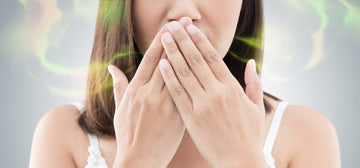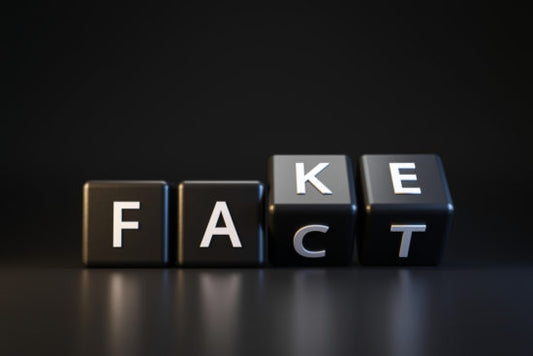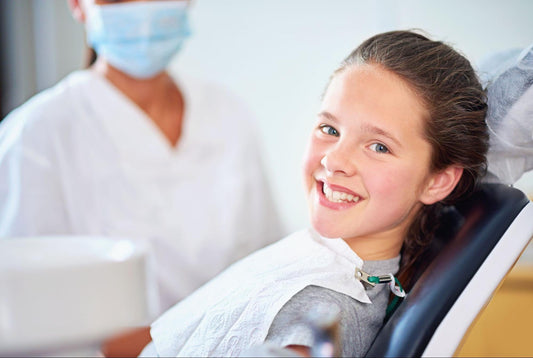10 Common Mistakes Made When Brushing Teeth & How to Avoid Them
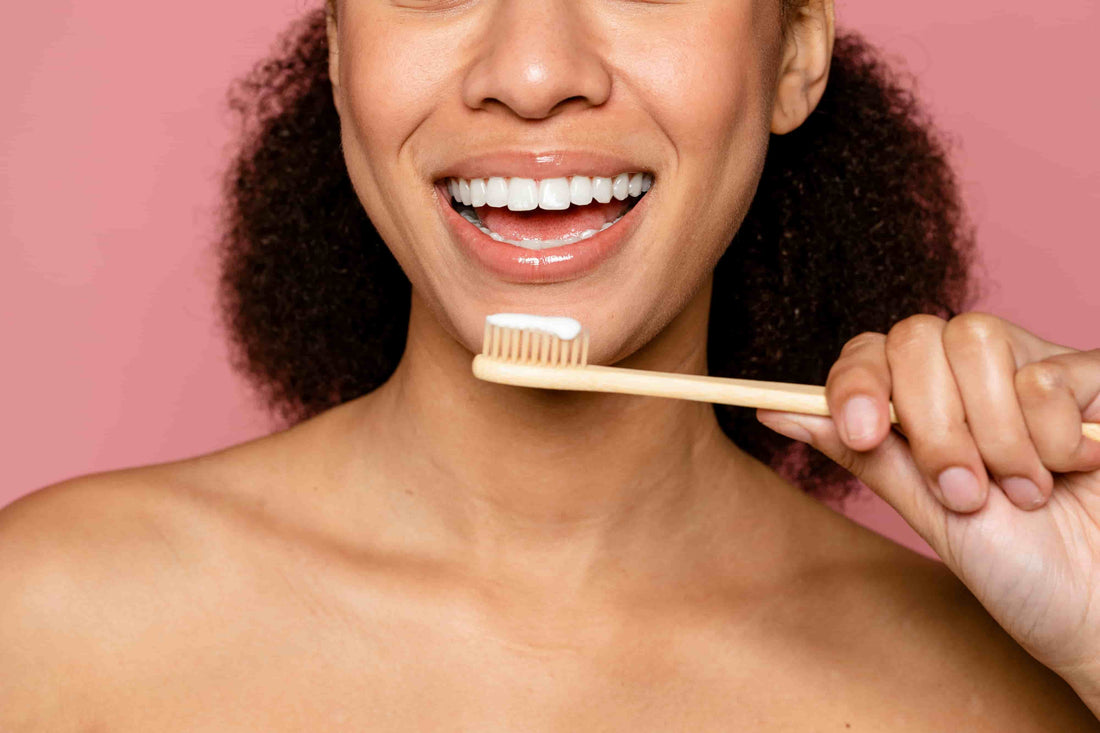
Even from childhood, one of the most basic self-care routines you start learning is brushing your teeth at least twice daily.
However, are you sure you are doing it properly and that you pass the right teeth-brushing habits to your children?
Maintaining good oral hygiene is essential for your overall well-being, but many people slip into several brushing teeth mistakes that undermine their efforts.
To find out if you are making these errors yourself, check the list below with the 10 common mistakes made when brushing your teeth.
10 Brushing Mistakes and How to Fix Them
You may either not consider them as mistakes or you may not realize you are doing them in the first place due to ignorance and habits instilled during your childhood.
Mistake #1: Using the Wrong Toothbrush
First, the proper dental care routine begins with the right tool. Is the toothbrush you are using too hard or too big/short for your mouth? If so, then you aren’t giving your teeth the care they need.
You can choose a soft or medium-bristled toothbrush of a trusted brand with a head size that comfortably fits in your mouth.
Soft and medium bristles can clean your oral cavity effectively because they move more smoothly between your teeth and can equally effectively remove pathogens.
You also better avoid hard bristles because they are not flexible enough and can damage the enamel and your mouth’s gum line.
Another good solution is to select a good electric toothbrush. They perform much better at cleaning and are easy to use. Make sure you ask your dentist for recommendations as not all electric toothbrushes are made equal.
Mistake #2: Using the Wrong Toothpaste
Apart from using the wrong toothbrush, another common brushing mistake is using the wrong toothpaste. Are you sure your toothpaste meets your dental needs like dental decay prevention, gum sensitivity, tartar control, bacteria prevention, or teeth whitening?
There are numerous products in the market composed of fluoride, calcium, and other ingredients focused on addressing specific dental issues.
To ensure you are using the right toothpaste suitable for your teeth’s needs, you should first consult your dentist to suggest the optimal toothpaste for your oral hygiene and particular needs.
Mistake #3: Brushing Your Teeth Too Hard
Do you think the pressure you use while brushing affects how clean your teeth are? Many people do, by the way.
However, brushing hard doesn’t lead to a better cleaning. Nor does it lead to more whitening. Instead, it may cause problems like traumatizing your gums or damaging your teeth’s enamel.
Avoid intense and abrupt movements. Alternatively, use gentle, circular motions, and keep in mind that you want to massage your teeth when brushing them. Not scrubbing them.
Mistake #4: Brushing Your Teeth Too Quickly
This is another common brushing teeth mistake. Sure, time is precious for everyone and you must fit in your schedule your dental care on top of everything else.
This is why you may brush your teeth on one hand but on the other hand, do it too quickly. You may opt for the bare minimum and rush the process with just a quick drop of toothpaste and some gargling.
The optimum time is 2 to 3minutes. Use a timer or an electric toothbrush with a built-in timer to make it easier.
Mistake #5: Not Cleaning All Tooth Surfaces
Are you sure you are not missing certain areas, like the back teeth or inner surfaces, when brushing? Are you only brushing with horizontal strokes, focusing only on the front surface of your teeth? You might be missing the gum line! Improper brushing is a common mistake in dental care routines.
To correct this common brushing teeth mistake, you must revise your brushing technique. Brush the outer surfaces, inner surfaces, and chewing surfaces of all your teeth, holding your toothbrush at a 45-degree angle to your gums.
Choose to use short, circular, and back-and-forth motions, and make sure to brush along the gum line to remove plaque and prevent gum disease.
Mistake #6: Avoiding Brushing Your Tongue
Your dental hygiene doesn’t only involve your teeth and gums. If you skip brushing your tongue, you are then guilty of another common brushing mistake. Cleaning your tongue is very important when it comes to oral health.
Its surface can be home to many bacteria or other pathogens so it can contribute to plaque built-up in your mouth, if neglected. Furthermore not cleaning your tongue is a significant cause of bad breath!
To reverse the situation, you can start brushing your tongue at the end of your teeth-brushing ritual.
However, you must be gentle and avoid rigorous movements that can lead to irritation and or even cuts. To take your mouth care a step further, choose a scraper instead. Remember, the right tools ensure the best results.
Mistake #7: Skipping Dental Floss
A vital complementary habit for your proper oral care is flossing. Dental floss allows you to remove deep-seated plaque built up in between your teeth and areas around your gums that your toothbrush just can’t reach.
Well, the tip here is pretty obvious. Adding the habit of flossing to your daily dental care, will do the job.
You won’t only feel your teeth and mouth cleaner and fresher (some dental flosses come with a flavor) but you’ll upgrade your whole oral hygiene. And your teeth will thank you for that.
Mistake #8: Brushing Too Much or Too Less
Some people tend to forget to brush their teeth even in the morning or before going to bed at night.
Other people tend to overdo it, on the other hand. This can sometimes lead to the wearing away of your enamel.
The best option is to find the right balance, which is twice a day: In the morning and at night.
Mistake #9: Using the Same Toothbrush for Long
Finally, the mistake that completes the list of the most common brushing teeth mistakes. Do you find yourself using a toothbrush with worn-out bristles? Stained with old toothpaste?
To ensure you are using a safe and effective tool in your oral care routine, remember to replace your toothbrush every 3 months. However, this time frame is only a general guideline.
If you happen to detect any worn-out signs in your toothbrush earlier than that, buy a new one without a second thought.
Mistake #10: Not Storing Your Toothbrush Properly
If your bathroom and toilet are in the same space, then bacteria from the toilet bowl can be spread all over when flushing with the lid open. If you store your toothbrush wet in a narrow container it can also attract bacteria.
The best option is to let it dry, standing up, in a spacious protected place like your bathroom locker.
FAQs
1. Which One Is Correct? Brushing Teeth Before or After Breakfast?
If you have the time, you can do both.
Once after waking up, to remove bacteria and debris that appear during your sleep, and once after breakfast to clean your teeth from food. Try to avoid brushing straight after eating/drinking acidic foods as they can erode the enamel even more.
2. How Long After Brushing My Teeth Can I Eat?
It is advisable to wait at least around 30 minutes, to allow the toothpaste’s components to act.
3. Am I Supposed To Rinse After Brushing Teeth?
Rinsing with water after brushing your teeth, wash away the fluoride designed to strengthen them. Instead of rinsing, try to spit out as much toothpaste as possible and simply wipe your mouth.
4. Is It Better To Floss Before or After Brushing My Teeth?
Better after.
This will ensure that you remove any food and bacteria between your teeth your toothbrush couldn’t reach.
Make sure though you use mouthwash after flossing to secure your brushing results!
› DIG DEEPER ‹
![]()
Learn more about the Enlighten Teeth Whitening System HERE.
And to find an Enlighten whitening expert near you, hit the link below.
FIND A DENTIST
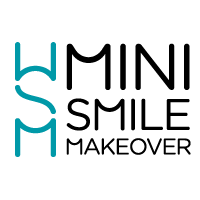
Or if it’s mini smile makeovers you want to dig deeper into, then give it a click right HERE.
_________________________________________________________________________


